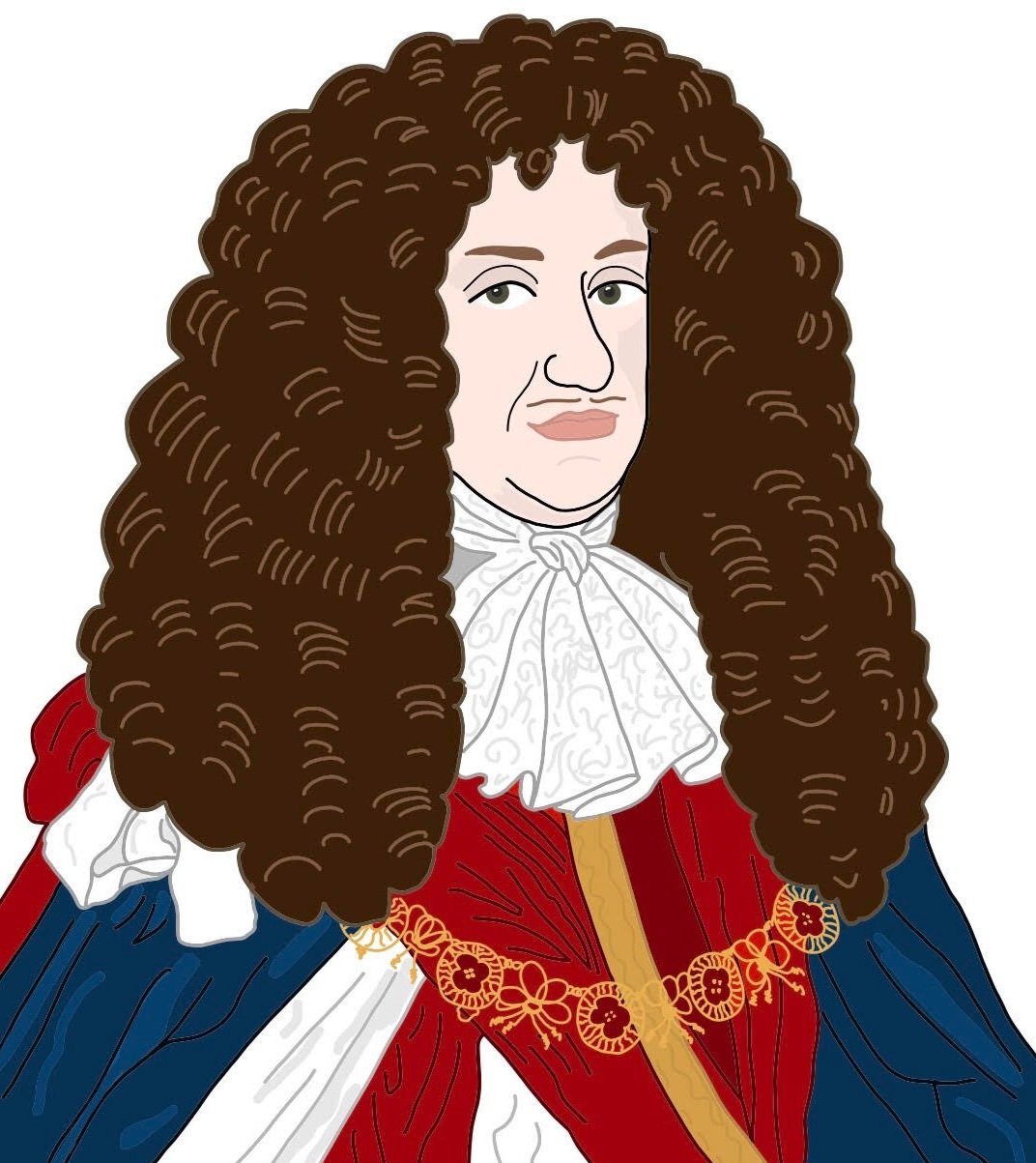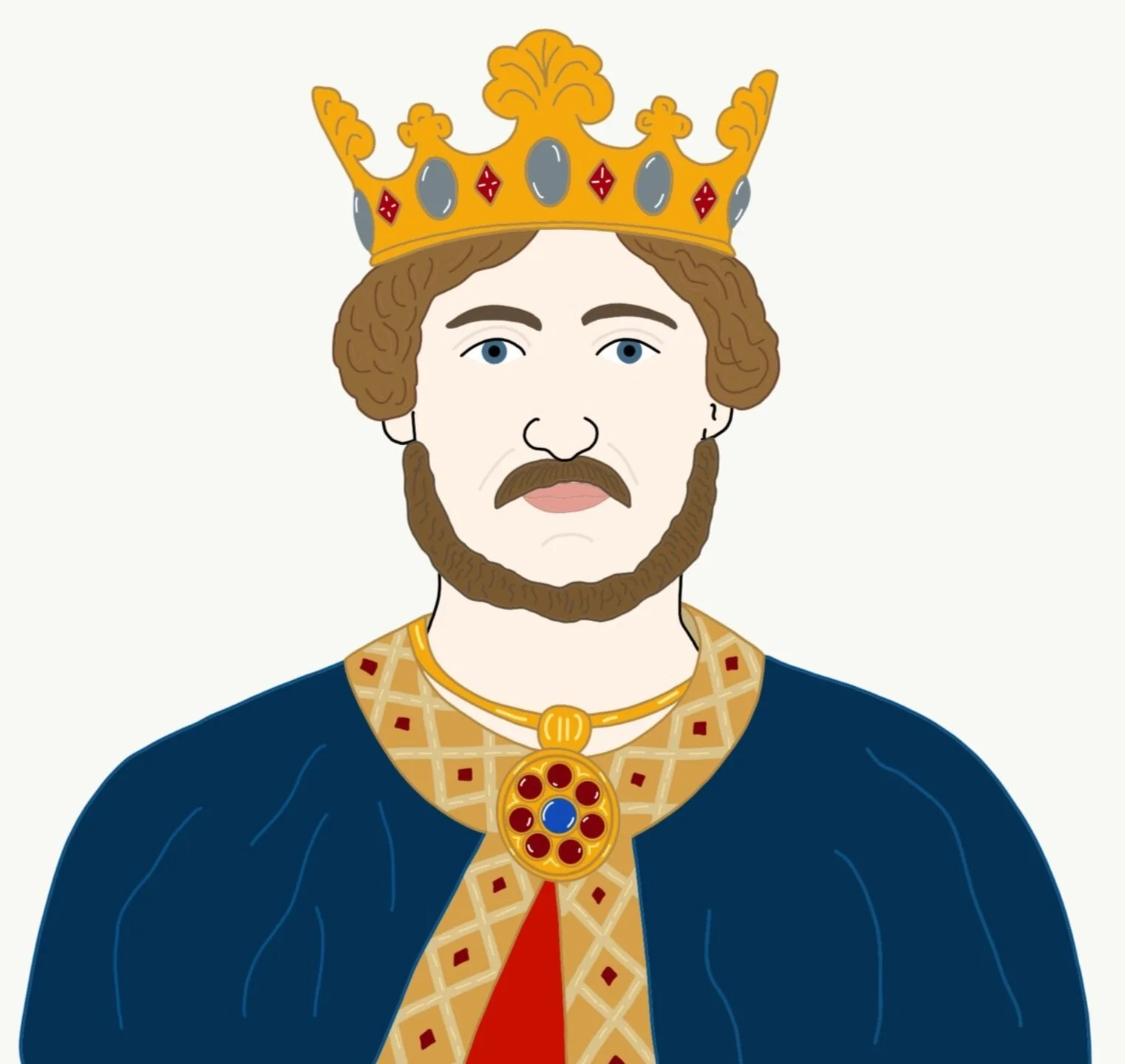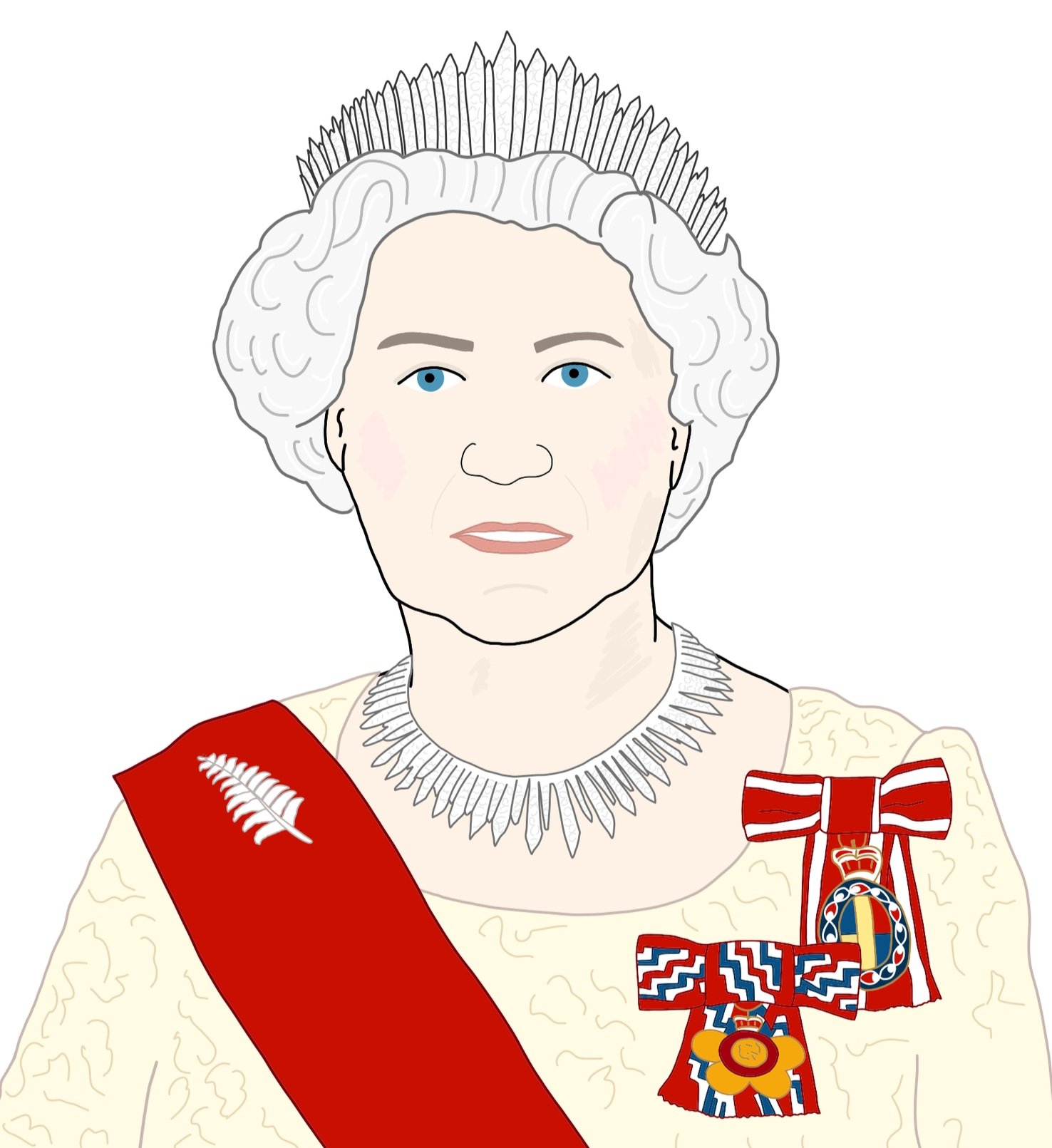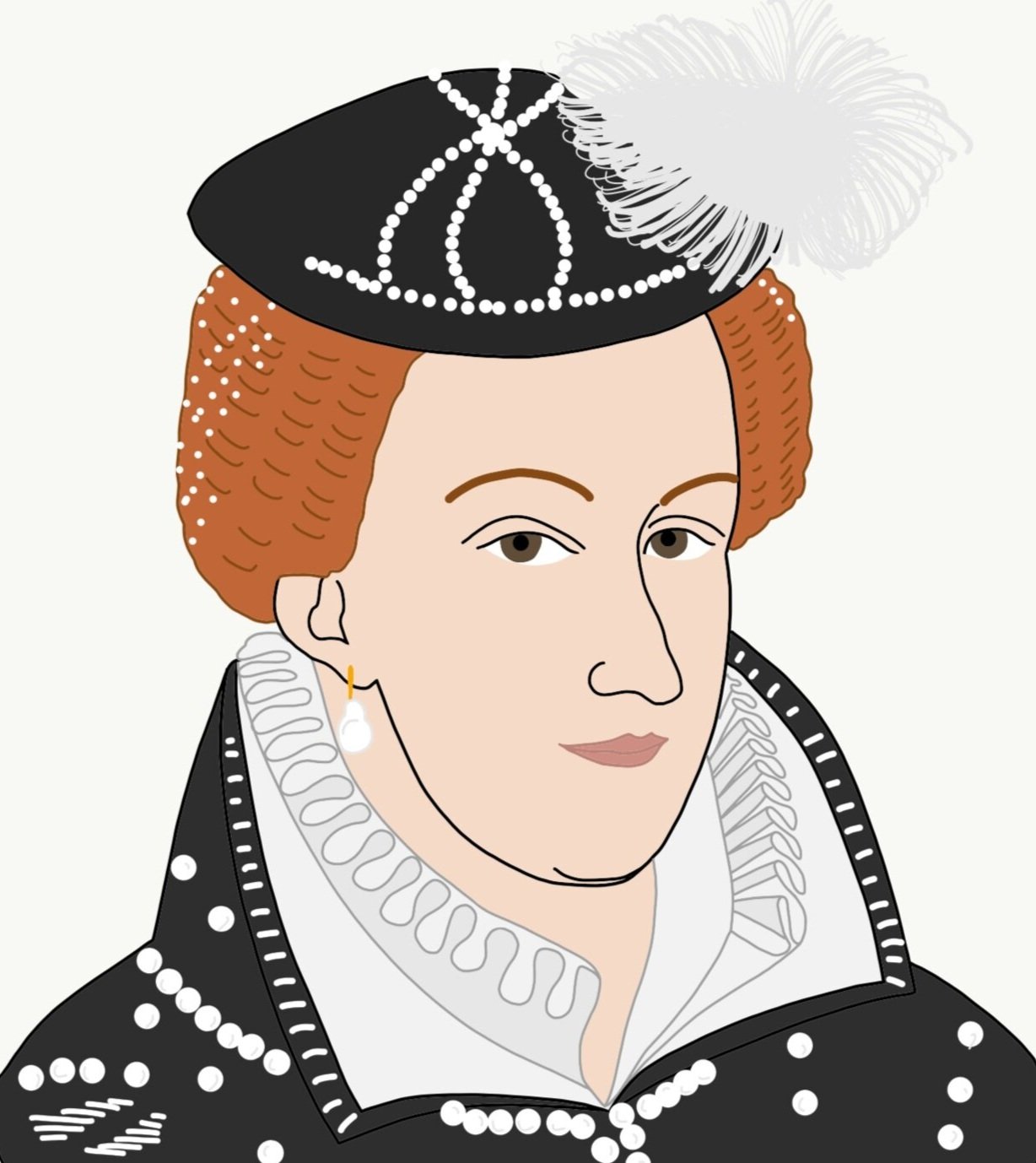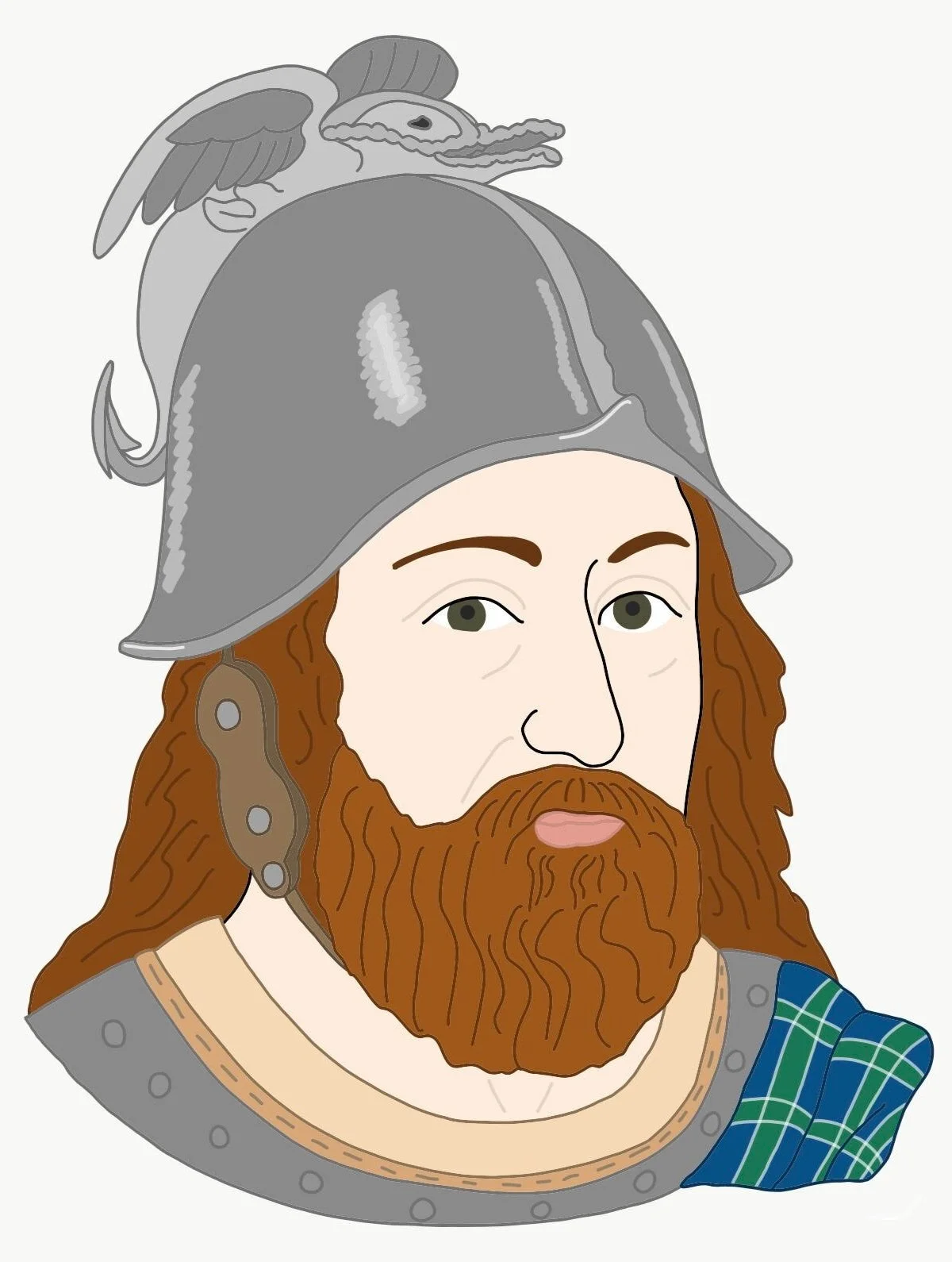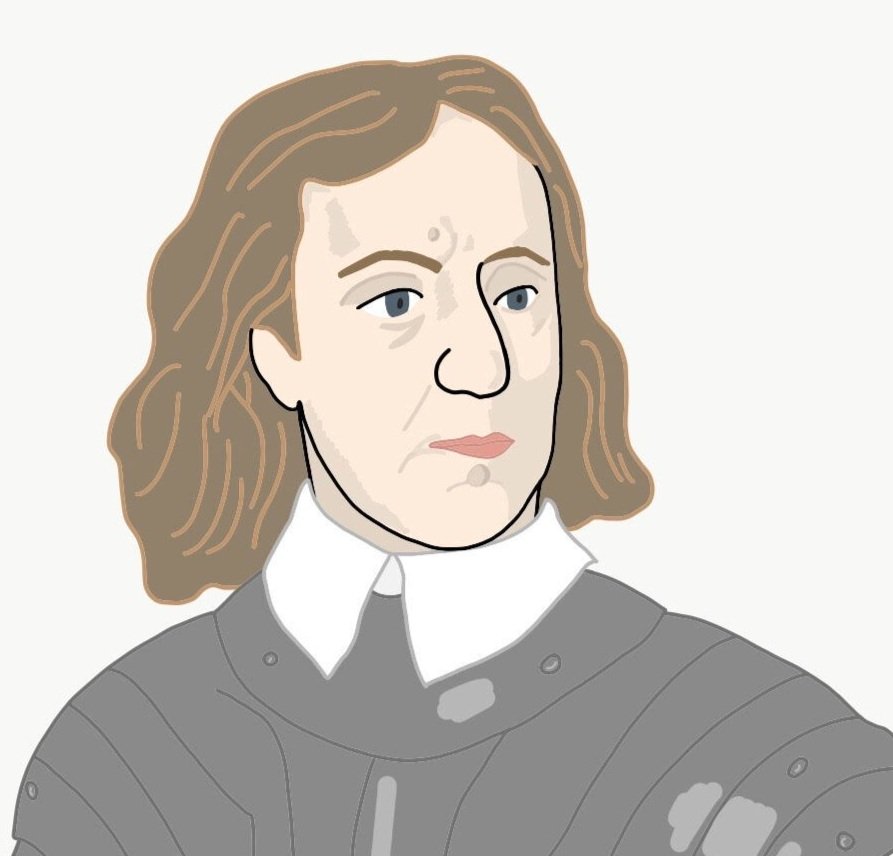September 5th - 11th
“Royal births, deaths, marriages and coronations seem to be the focus this week in history...”
On 5th September…
Last wife of Henry VIII dies
1548 - Catherine Parr, 6th wife of Henry VIII died. Catherine had survived Henry after his death and went on to marry her fourth husband, Thomas Seymour. She became pregnant with her first child with Thomas but died shortly after giving birth to a daughter.
Fighter pilot and amputee Douglas Bader dies
1982 - Douglas Bader, the famous RAF fighter pilot died. Bader’s legs were amputated following an aircraft crash near Reading in 1931. Despite demonstrating that he could meet the RAF’s physical requirements on his new artificial legs he was discharged from the Air Force in 1933. At the outbreak of World War II, he undertook a refresher course for the RAF and became a fighter pilot. In 1941 he was shot down over German territory and taken as a prisoner of war. After attempting to escape, he was taken to Colditz Castle, a prisoner of war camp which was supposed to be escape-proof.
Douglas Bader left the RAF after the war and in his spare time he encouraged people who had lost limbs, often writing inspiring letters or giving unexpected visits to new amputees. He was awarded a CBE in 1956 and a knighthood in 1976 for his services for the disabled. The Douglas Bader Foundation exists to advance and promote the welfare; physical, spiritual, and mental, of persons without one or more limbs.
1997 - Mother Teresa died. Her life had been devoted to the caring of the sick and the poor especially in India. She was born in Macedonia to Albanian parents and became a nun and promoter of peace and won the Nobel Peace Prize for her work. Mother Teresa founded the Order of Missionaries of Charity which was dedicated to the poor people of India.
On 6th September…
King Charles II forced to hide in an oak tree
1651 - King Charles II hid in an oak tree to escape from Roundheads (Parliamentarians) after losing at the Battle of Worcester. Charles II had been on the run for three days. When night came, the king climbed down from the tree, and hid in a priest hole of Boscobel House overnight before making his way towards Bristol and then France in the October. (A priest hole is a hiding place made for Catholic priests to hide in during times of Catholic persecution.)
1666 - The Great Fire of London died down leaving 13,200 houses destroyed, 80,000 people homeless, and only six people reported dead. The fire was stopped in its tracks by the blowing up of houses in its path to create a firebreak. The number of deaths may have been much higher, but we will never know because lives of the poor were not considered to be important and were therefore not recorded.
On 7th September…
Another daughter for Henry VIII
1533 - Queen Elizabeth I was born in Greenwich, London. Her parents were Henry VIII and Anne Boleyn. Despite being female, she became one of the most powerful monarchs of her time. She never married and was nicknamed the Virgin Queen because she never had any children. Elizabeth I was the last of the Tudor monarchs and the time of her reign has become known as the Elizabethan Age.
1940 - The Blitz began when three hundred German bombers bombed London for the first of 57 consecutive days and nights of air raids during World War II. Nearly 2,000 people were killed or wounded in the first night of bombing.
On 8th September…
Richard the Lionheart is born
1157 - King Richard I of England, was born in Oxford, England. He was also known as Richard the Lionheart and spent most of his reign abroad living in his lands in France or fighting in the Crusades (religious battles between Christians, Muslims and Jews in the Holy Land now known as Israel, Palestine, and parts of Jordan, Lebanon and Syria) His parents were King Henry II and Eleanor of Aquitaine.
1727 - A fire in a barn in the village of Burwell, Cambridgeshire killed seventy-eight people. Fifty-one of those who died were children. Locals had gathered in the barn to watch a puppet show but the doors had been nailed shut to stop too many people entering the barn. When the straw inside the barn caught alight there was no way for the people to escape.
1761 - King George III married Charlotte of Mecklenburg-Strelitz in St James’s Palace in London. Together they had 15 children.
William IV is crowned King
1831 - King William IV was crowned King of Great Britain at Westminster Abbey in London. He insisted on a simple coronation in contrast to his brother’s expensive and lavish coronation which had cost a small fortune. William’s thriftiness pleased Parliament.
1888 - Annie Chapman, the second victim of Jack the Ripper was found dead in the back yard of a house in Hanbury Street, East London. She was found just eight days after Mary Ann Nichols’ body was discovered in Buck’s Row only a 5 minute walk away.
Death of Queen Elizabeth II
2022 – Queen Elizabeth II died after reigning for 70 years 7 months and 2 days. She was the longest reigning British monarch and at the time of her death was the second longest reigning monarch in history. Upon her death her eldest child, Prince Charles became King Charles III.
On 9th September…
William the Conqueror dies
1087 - William the Conqueror, the first Norman king of England died of injuries after falling from his horse. He is famous for winning the crown of England from King Harold at the Battle of Hastings, for ordering the construction of the Tower of London, and for the Domesday Book which is a book containing the names of all the people living in England at that time including details of their wealth and belongings. He is also famous for a gruesome piece of history - when trying to squeeze him into his coffin, the king’s stomach exploded letting out such a foul smell that the funeral was rushed through so that everyone could leave the chapel.
1513 - King James IV of Scotland died at the Battle of Flodden (also known as the Battle of Branxton) against the English. The Scots had been called into battle by the French who had been invaded by England. Why were the Scots fighting for the French? Well, the French had invoked the terms of a treaty which stipulated that if either Scotland or France were to be invaded by England the other country would come to their aide and invade England in retaliation. The Battle of Flodden was one of the largest battles to take place on British soil with around 26.000 English soldiers facing about 30-40,000 Scottish. The English won the battle suffering only about 4,000 losses with their opponents losing about 10,000 men including their king.
Mary is crowned Queen of Scots
1543 - Mary Queen of Scots was crowned Queen of Scotland, she was just nine months old. Her father, King James V, had died a week after she was born. Mary’s coronation took place in Stirling Castle and as she was too young to rule a country, her mother Mary of Guise was Regent ruling in the young queen’s name.
1902 - Harry Jackson became the first man to be convicted of a crime based on his fingerprints. He had left his thumbprint in the wet paint of a windowsill of a house he had burgled.
On 10th September…
1933 - Fred Perry became the first Briton to win the US Open Men’s Singles Tennis Championship. He was also the first man to win all four ‘Grand Slam’ tennis titles although not in the same year.
1939 - Canada declared war on Germany at the beginning of World War II.
Charles III proclaimed King
2022 – King Charles III was officially proclaimed King at St James’s Palace in London. At the age of 73 he is the oldest person to inherit the British throne, the previous holder was this title was King William IV who was 64 years old when he ascended the throne.
On 11th September…
William Wallace victorious at Stirling Bridge
1297 - William Wallace defeated the English at the Battle of Stirling Bridge. The battle was part of the Wars of Independence whereby Scotland tried to reclaim control of their country from King Edward I of England. Edward I had abused his position of power to gain control of Scotland following the death of both its King Alexander III, and his young heir, Queen Margaret, Maid of Norway who was Alexander’s granddaughter.
Cromwell orders massacre of thousands
1649 - Oliver Cromwell ordered the killing of 3,000 royalists at the Massacre of Drogheda in Ireland. Oliver Cromwell had arrived in Ireland to quash the Royalist rebellion that had broken out there in reaction to the new English Republic. Having breached the Irish defences at the town of Drogheda, the English forces went on to slaughter thousands of Irish Royalists which included priests and monks.
1942 - Five on a Treasure Island by Enid Blyton was first published. It was the first of the Famous Five series of books which tell the tales of a group of four child detectives and their dog; over 100 million copies have been sold worldwide.


